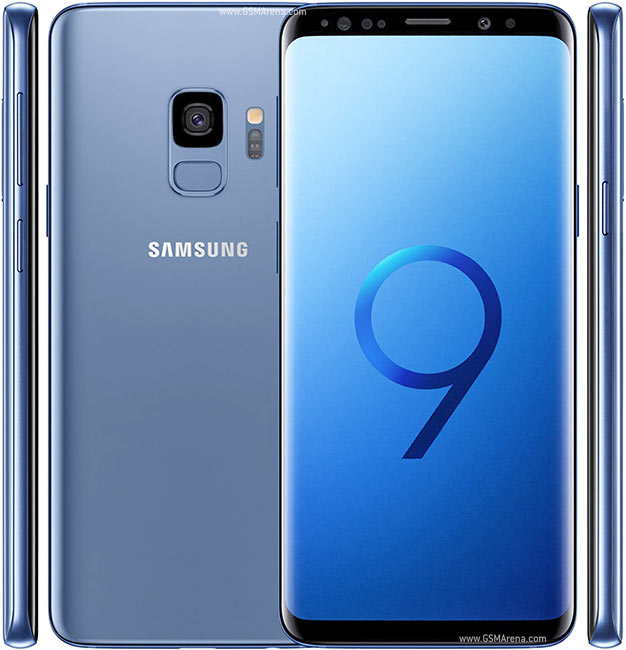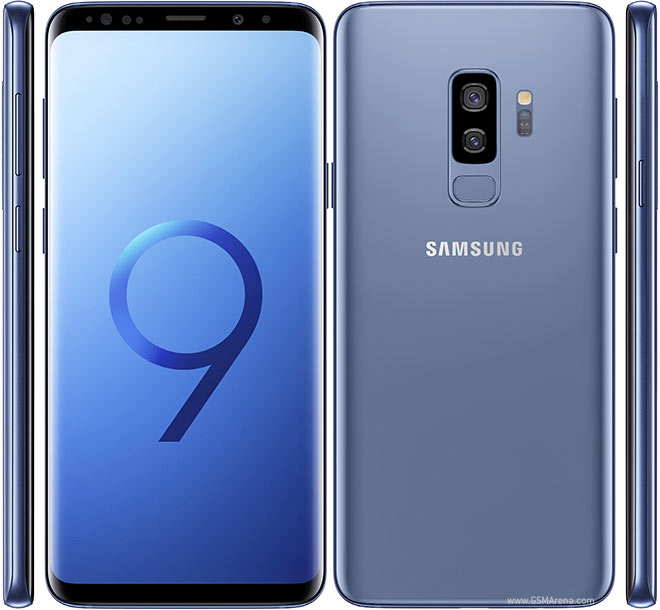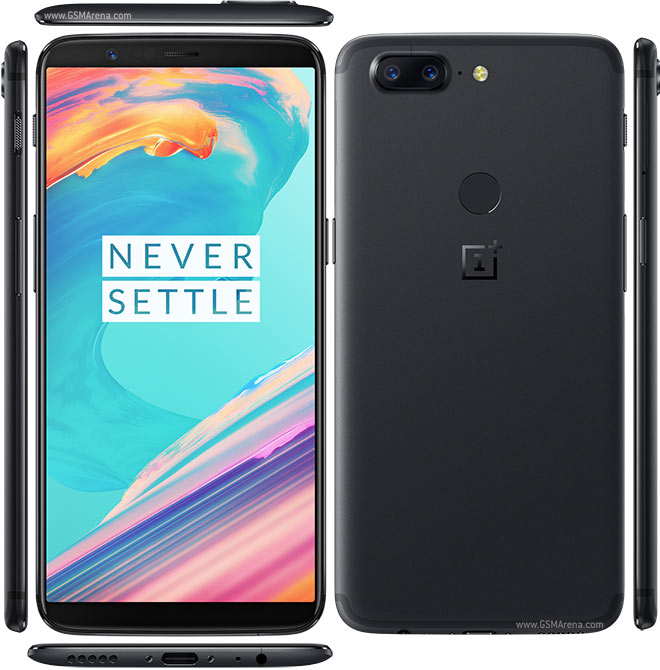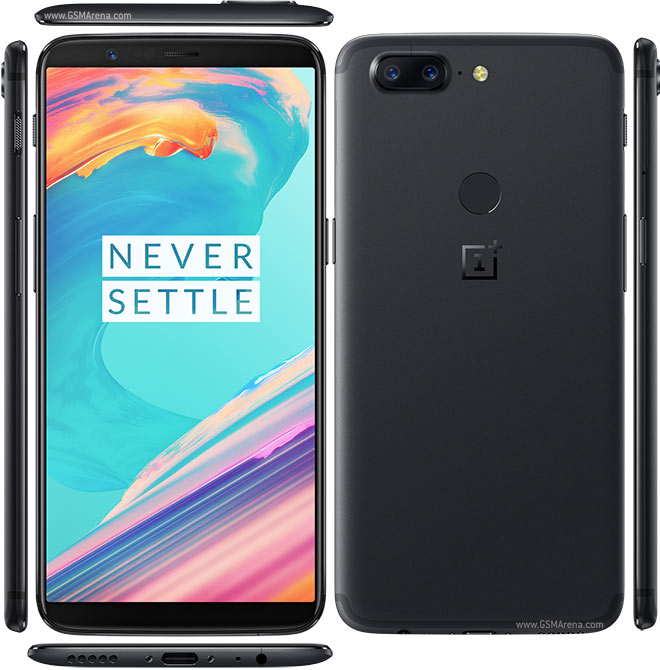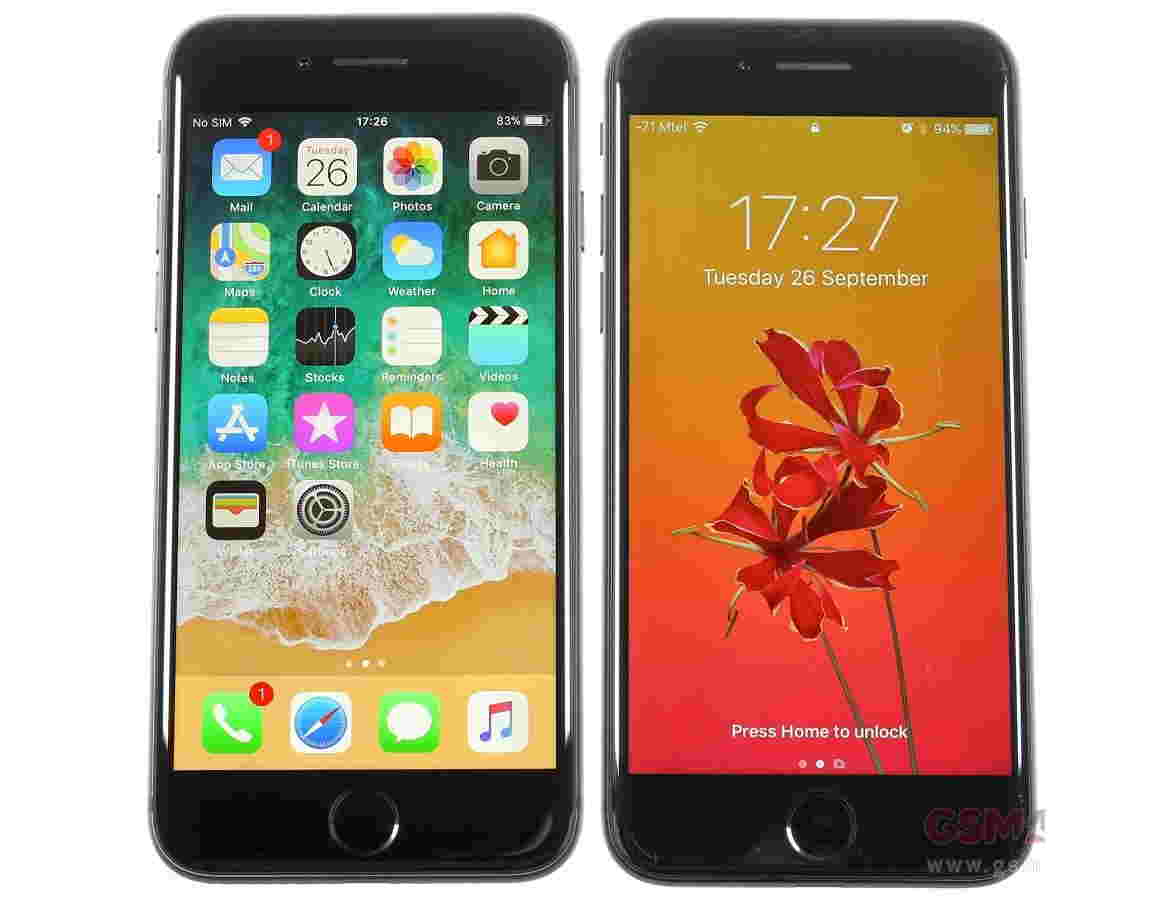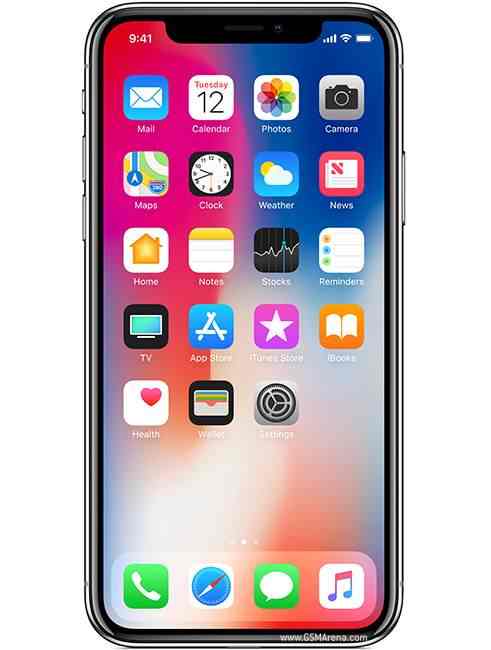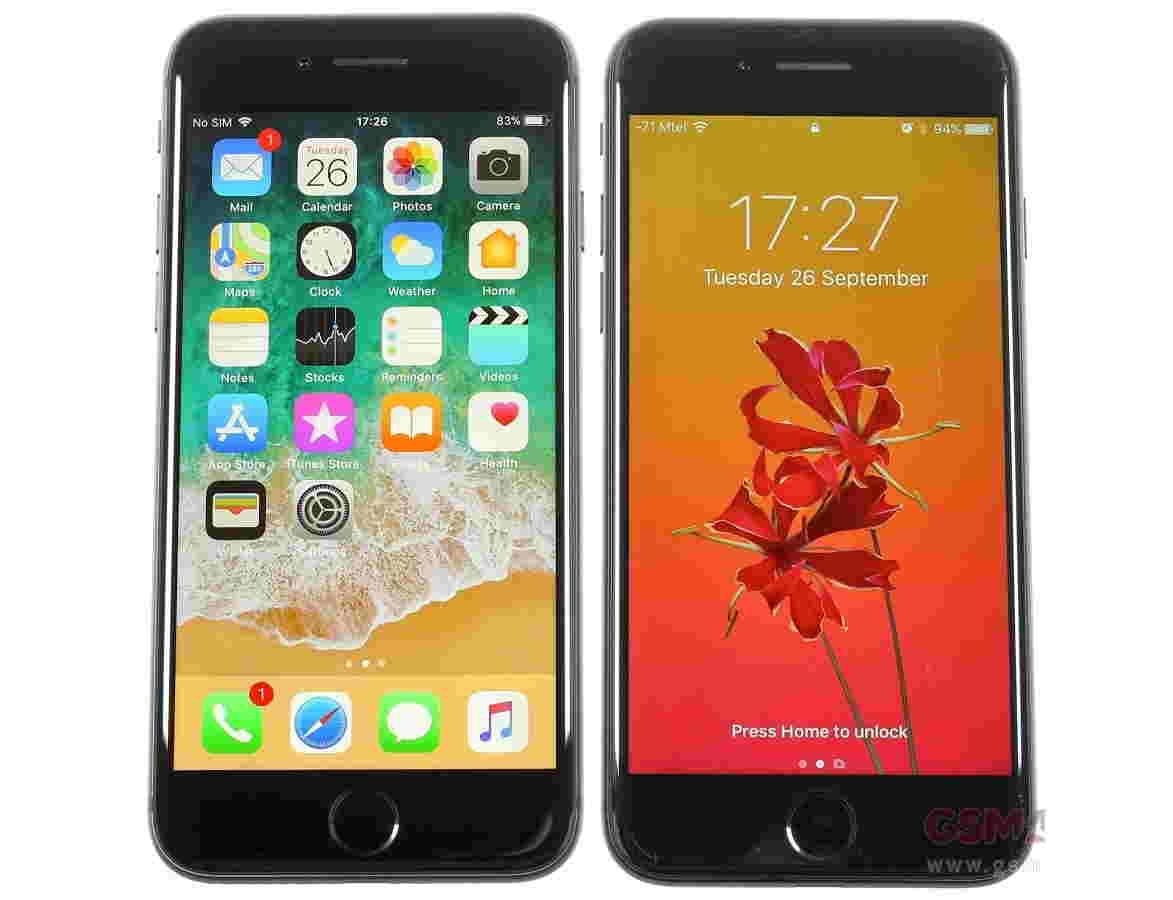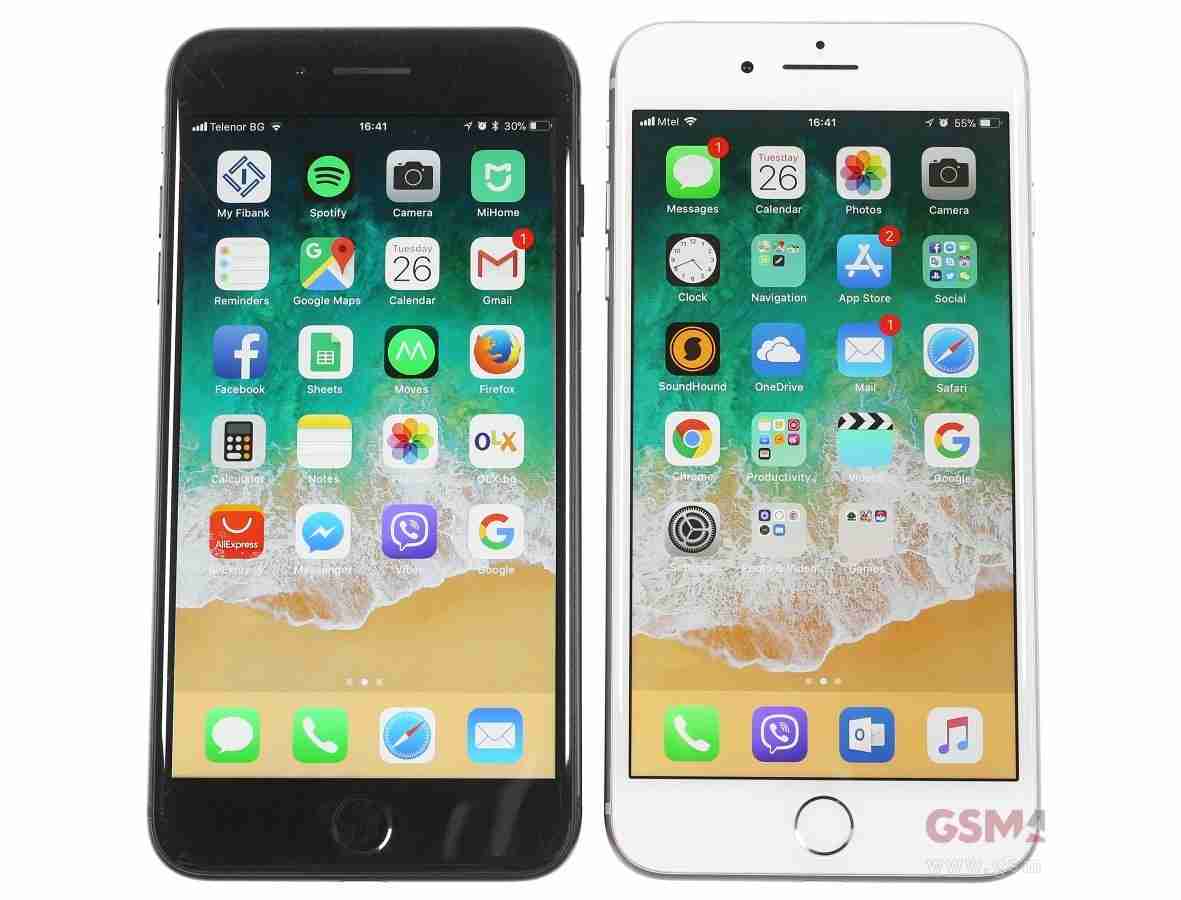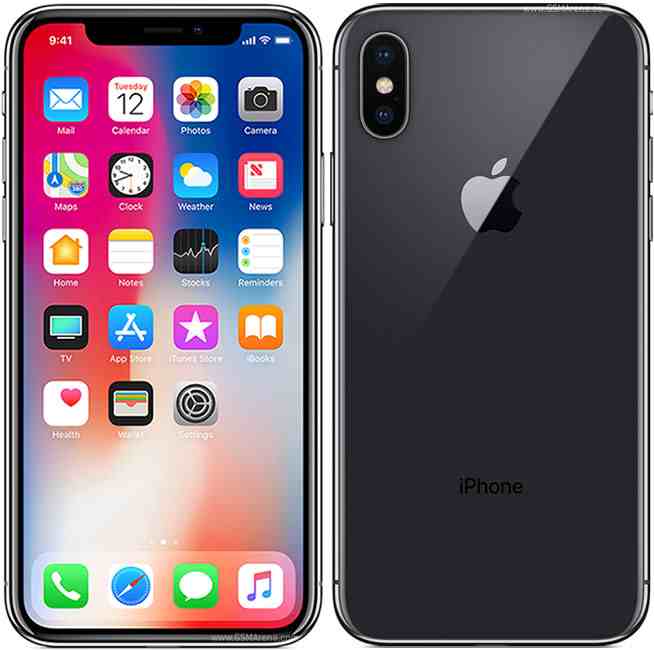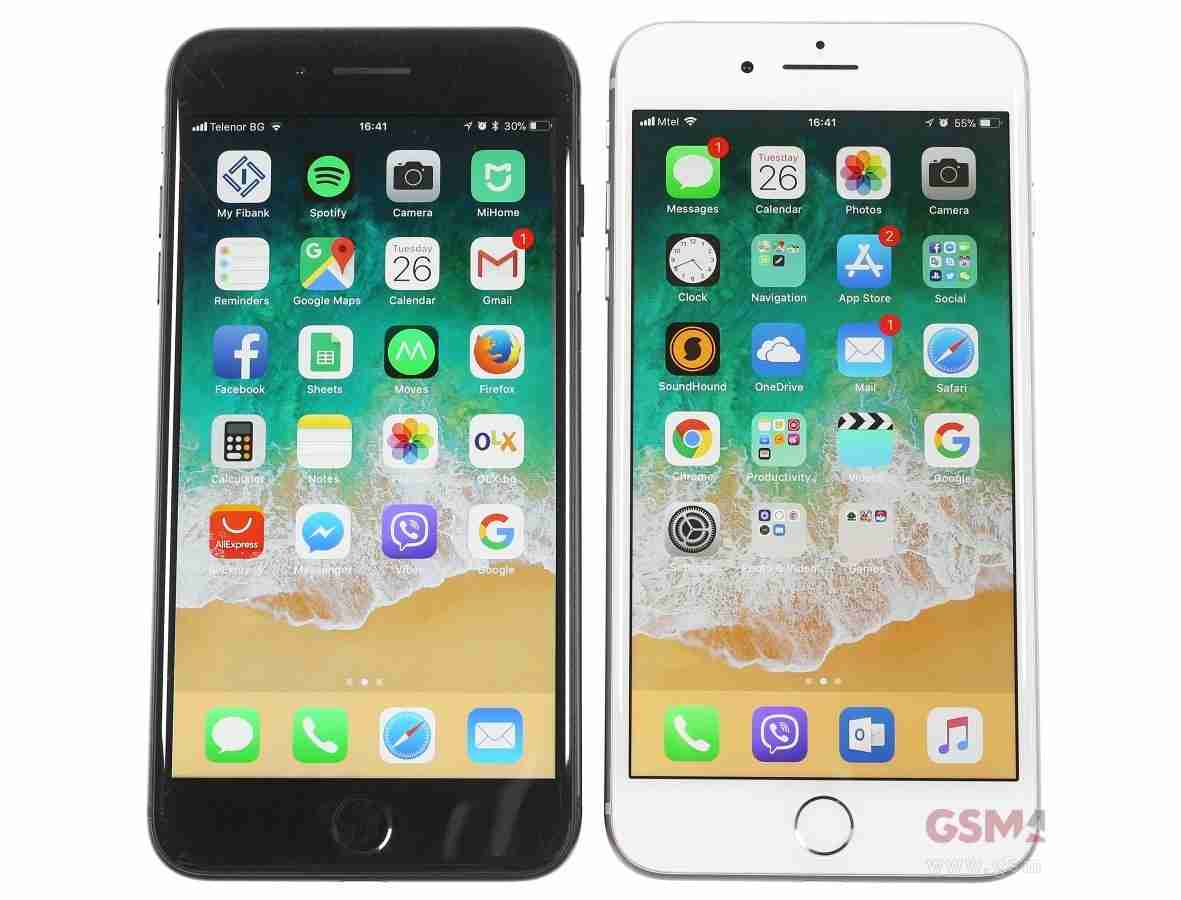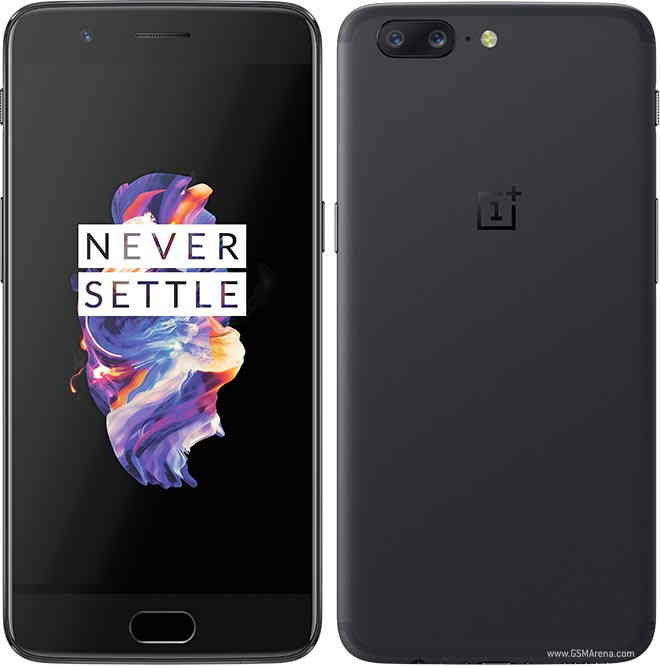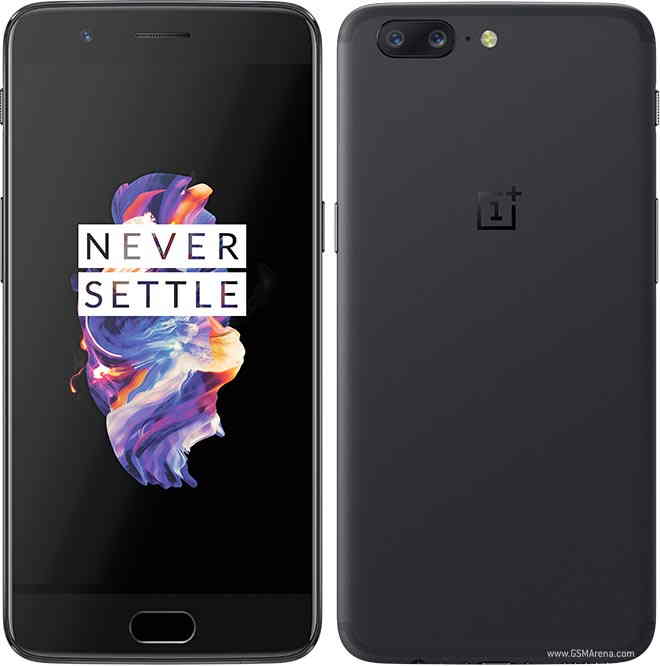
Design, screen, power and camera
The LG G Flex impressed in a number of ways, not least because it was the world's first curved smartphone, but ultimately it felt more like an over-priced oddity than anything that was likely to catch on.
LG is obviously serious about curves though, because it's back with the LG G Flex 2, a smaller yet more powerful and still very much curved phone. So just what has changed? And is the G Flex 2 enough of an improvement to have mainstream appeal?
Read on for a run-down of how these two handsets compare when it comes to their design, screen, power, camera, interface, battery and storage.
LG G Flex vs LG G Flex 2: Design
The LG G Flex and LG G Flex 2 have largely similar designs as you might expect. Both phones have a curved body and buttons on the back, while the front of both phones is almost bezel free at either side of the screen.
But there are some differences. For one thing the LG G Flex 2 is quite a lot smaller and lighter, coming in at 149.1 x 75.3 x 9.4mm and 152g, compared to the G Flex's 160.5 x 81.6 x 8.7mm and 177g build. As you might have noticed from those numbers though the original G Flex is actually a little slimmer, though only at the thinnest point.

Fans of colourful phones have reason to look forward to the LG G Flex 2, as while the original G Flex was only available in silver, the new model can be found in both silver and red.
Going beyond appearance, the LG G Flex 2 has been designed to be easier to grip than its predecessor and the impressive self-healing powers have been improved too, as light scratches which would take 10 minutes to fade from the back of the LG G Flex can disappear from the G Flex 2 in as little as 10 seconds.
LG G Flex vs LG G Flex 2: Screen
One of the biggest improvements found on the LG G Flex 2 is its display. Once you get past the fact that it's curved the original LG G Flex has a slightly underwhelming 6.0-inch 720 x 1280 screen, giving it a pixel density of just 245 pixels per inch.

The LG G Flex 2 can't quite match up to the QHD LG G3, but it does have a 1080 x 1920 display and it's smaller than the G Flex too at 5.5 inches, giving it a pixel density of 401 pixels per inch. That makes it noticeably sharper than the original G Flex, while the smaller size makes it easier to use one-handed.
LG G Flex vs LG G Flex 2: Power
Neither handset can be said to be lacking power, but the original LG G Flex is starting to show its age with a 2.26GHz quad-core Snapdragon 800 processor, while the LG G Flex 2 has a 2.0GHz octa-core Snapdragon 810 processor. That should make it a fair bit faster, especially as it's 64-bit and therefore equipped to make the most of Android Lollipop.

LG has also packed in a newer Adreno 430 GPU, which is an improvement over the Adreno 330 in the original G Flex. On the other hand the company has stuck with 2GB of RAM in the G Flex 2, which is the same amount as the LG G Flex has.
LG G Flex vs LG G Flex 2: Camera
While both handsets have a 13MP snapper on the back the G Flex 2's should be far and away the better of the two. Optical image stabilisation and a dual LED flash are a good start, given that the original G Flex has neither.

But the LG G Flex 2 also has a laser autofocus and new software features, such as Gesture shot, which allows you to activate a selfie timer by making a fist, while if you hold the camera down after taking a selfie the screen will automatically show you the photo. Though the actual camera that you'll be taking selfies on is just 2.1MP, just like on the original G Flex.
Interface, battery, storage and early verdict
LG G Flex vs LG G Flex 2: Interface
Both handsets have LG's custom Optimus UI, but the LG G Flex 2 runs Android 5.0 Lollipop, while the LG G Flex is still on Android 4.2.2, though there's a fair chance that it will get upgraded eventually.
As well as the performance improvements and tweaks that come with Lollipop itself, LG has also added some new features to the G Flex 2, such as Glance View, which shows key information, such as the time and notifications, with a downwards swipe, even when the screen is off.

Both the G Flex and G Flex 2 also include older LG features such as Knock Code, which can be used to turn your screen on or unlock your phone with a series of taps.
LG G Flex vs LG G Flex 2: Battery
One area where the G Flex 2 has actually been downgraded is its battery capacity, as while the original G Flex has a 3500 mAh juice pack, the G Flex 2 has just a 3000 mAh unit.
We wouldn't worry too much though, as the G Flex has brilliant battery life and with the more efficient Snapdragon 810 chip, a smaller screen and the tweaks made by Android Lollipop we wouldn't be surprised if the G Flex 2's life is similar.

Plus when it does come time to juice it up the LG G Flex 2 supports fast charging, supposedly delivering a 50% battery boost in under 40 minutes.
LG G Flex vs LG G Flex 2: Storage
Both the LG G Flex and the G Flex 2 can come with 32GB of storage, though the G Flex 2 also has a 16GB option, which the original handset doesn't.
But perhaps more importantly the LG G Flex 2 has a microSD card slot with support for a ludicrous 2TB, while the original LG G Flex doesn't even have a port for memory expansion.
LG G Flex vs LG G Flex 2: Early verdict
The LG G Flex 2 looks like a substantial upgrade over the LG G Flex, with more power, a better screen, an improved camera, a tougher build and new software features.
Really the only areas where the LG G Flex has an edge are the battery size and perhaps for some people the screen size, though the smaller 5.5-inch display on the G Flex 2 is likely to have more mainstream appeal.

Whether the phone itself can become more mainstream will likely largely depend on the price, which hasn't been confirmed yet, although it is coming to Vodafone in the UK.
The original G Flex launched for £630 (around $957 / AU$1178) SIM-free and if the new model is as expensive it might face a similar struggle, particularly as the curved screen already makes it a slightly niche device.
So here's hoping LG sells it at a more sensible price, but either way it looks like a worthy successor to the first ever curved smartphone.




